$50 Off Initial Service
Compost for Lawns
30+ Years Experience | Nobody Knows Bugs Better Than We Do!
Contact us 24/7 | Ask about our Money Back Guarantee
30+ Years Experience
Nobody Knows Bugs Better Than We Do!
Contact us 24/7
Ask about our Money Back Guarantee
Schedule FREE Pest Inspection
Mosquitoes Page Form
We will get back to you as soon as possible.
Please try again later.
Keep Your Lawn Well Nourished With Compost
A healthier lawn comes with healthier soil, and there is no better way to improve soil health than by adding compost. You can feed your lawn naturally by topdressing it with compost.
Compost contains the primary nutrients — nitrogen, phosphorous and potassium — and an array of micronutrients to naturally feed a lawn. But there are many other benefits as well.
Topdressing a lawn with compost adds organic matter to the soil, which provides for proper drainage and better tilth. That organic matter also hosts beneficial microorganisms that turn organic fertilizer and minerals in the soil into plant-available nutrients that can be taken up by roots.
COMPOST WHY NUTRIENTS DON’T LEACH…..
You made a great point - how do folks know that the nutrients from compost won’t leach into the river... I’ll explain the science behind why compost doesn’t leach the nutrients into the estuary, then let me know if the signage sums it up… Sand has a CEC (Cation Exchange Capacity) of 1-5 meq/100g. (Basically here in Florida, we grow everything hydroponically - open hydroponics to be exact, because our soils have a very high percentage of sand, and sand doesn’t hold anything) Clay has a CEC of 25-100 Compost has the highest CEC up to 250 meq/100g.
Fertilizer is charged particles (ions). Positively charged are Cations. Negatively charged are Anions. The soil (sand/silt/clay/compost) is negatively charged. Cations are attracted to the negative charge of the soil. The larger the CEC the better ability of the soil to hold the cations (Nutrients). Of the 16 essential plant nutrients (Carbon, Hydrogen, Oxygen, Phosphorus, Potassium, Nitrogen, Sulfur, Calcium, Iron, Magnesium, Boron, Manganese, Chlorine, Zinc, Cobalt, Molybdate) all are positively charged (and held by increasing strength as the CEC increases) EXCEPT the negatively charged Anions: Chlorine (Cl-), Sulfur (SO4 -2), Boron (BO3-), Molybdate (MoO4-), Nitrogen (in the nitrate form NO3-) and Phosphate (H2PO4- and HPO4-). Negatively charged particles leach very easily through the soil profile.
Nitrogen and phosphorus increase algal growth. Nitrogen in synthetic fertilizer is water-soluble. The nitrogen in compost is not water soluble. Soluble fertilizers leach past the root target zone with heavy rains or irrigation. Compost feeds the microorganisms in the soil and the breakdown products of that process release nutrients that then feed the plants. This slower process does not result in the runoff associated with water-soluble synthetic nutrients.
There are a lot of science articles out there that support this. Even the University of Florida is getting into the compost now…
• Port Saint Lucie, FL • Stuart, FL • Palm City, FL • Jensen Beach, FL • Port Salerno, FL
• Hobe Sound, FL • Sewall's Point, FL • Sailfish Point, FL • Jupiter Island, FL • Okeechobee, FL •
SERVING
HOURS
HOURS
CONTACT US

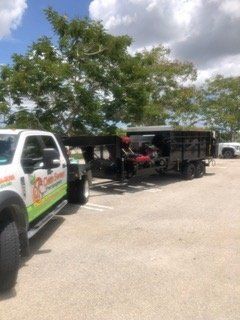

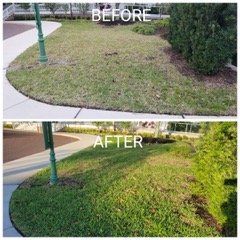
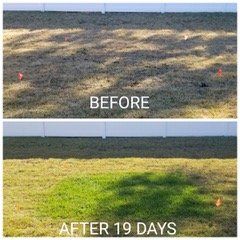
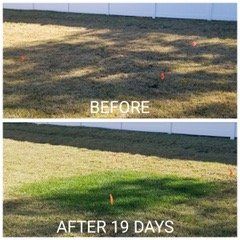
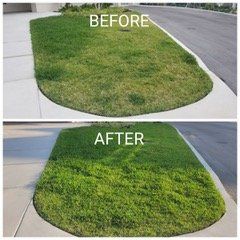
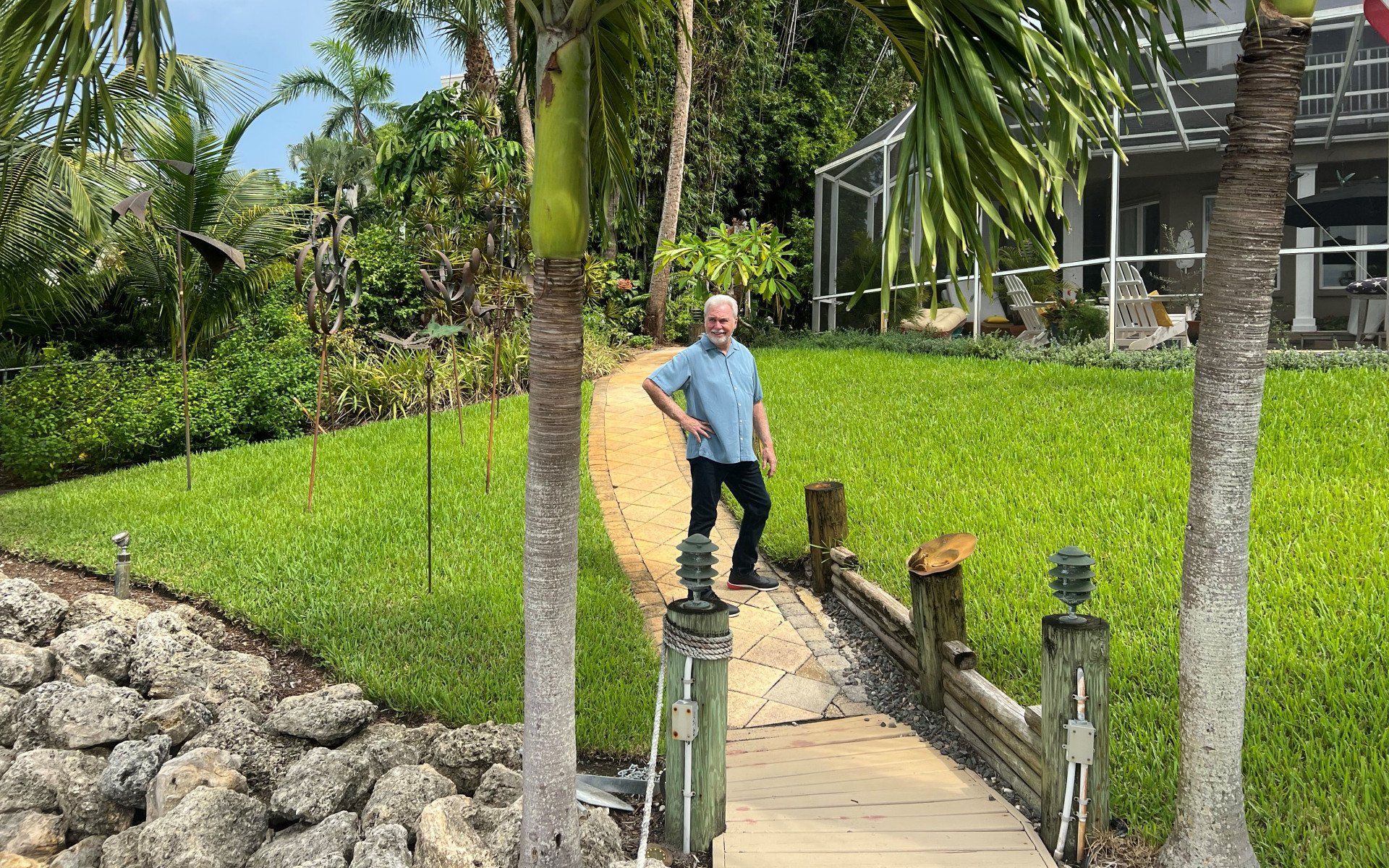







Share On: